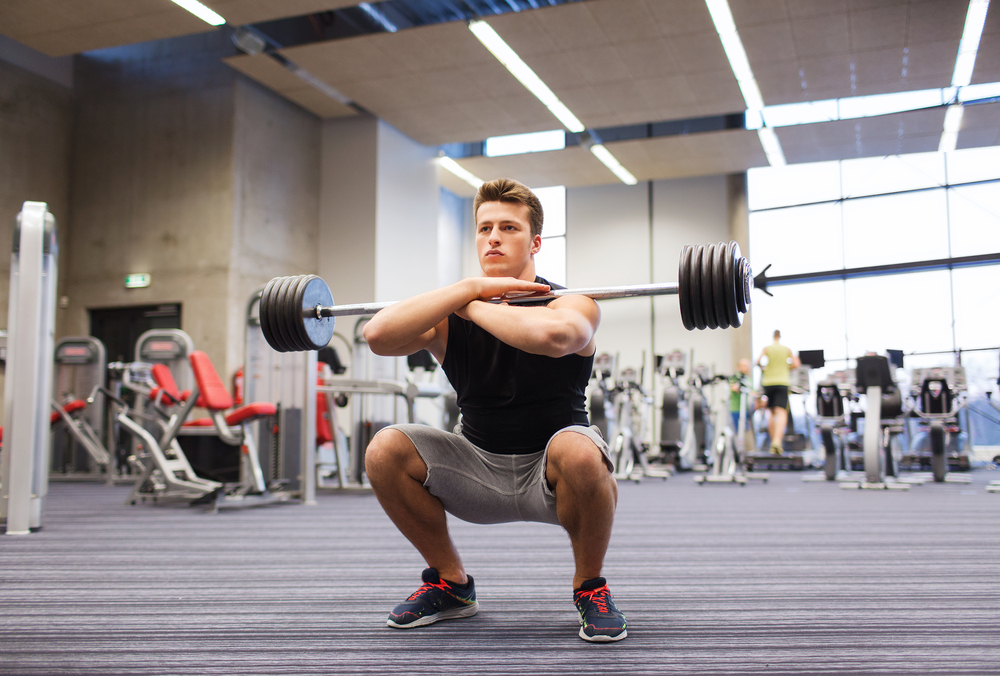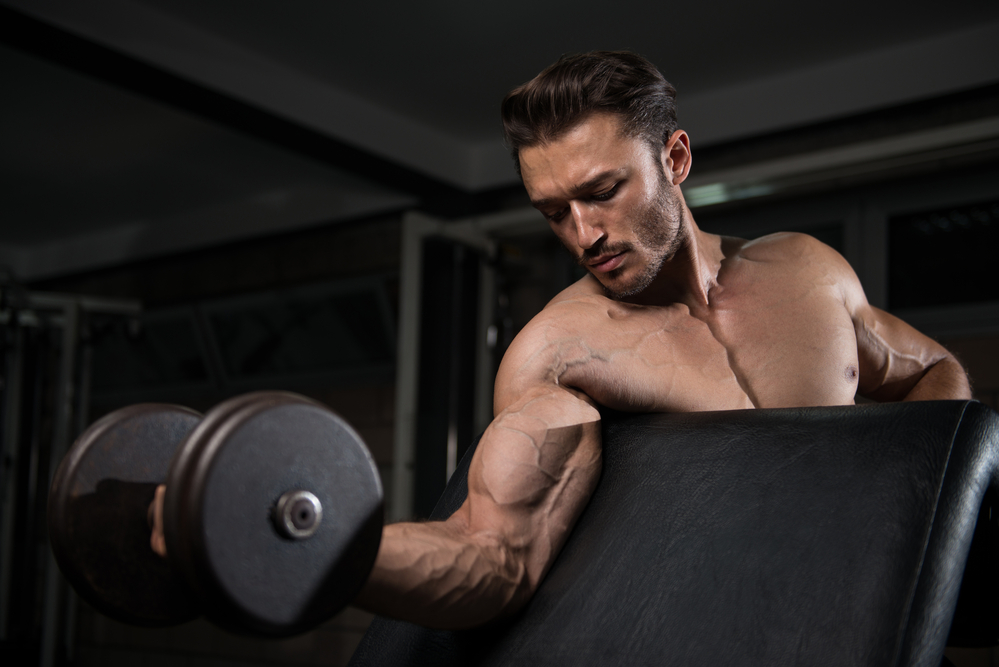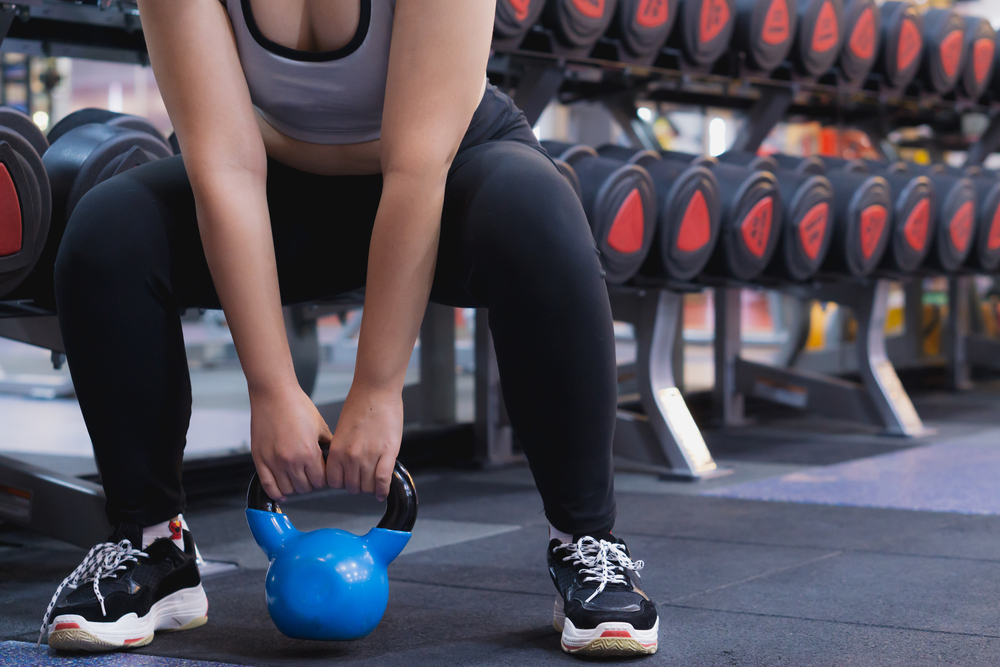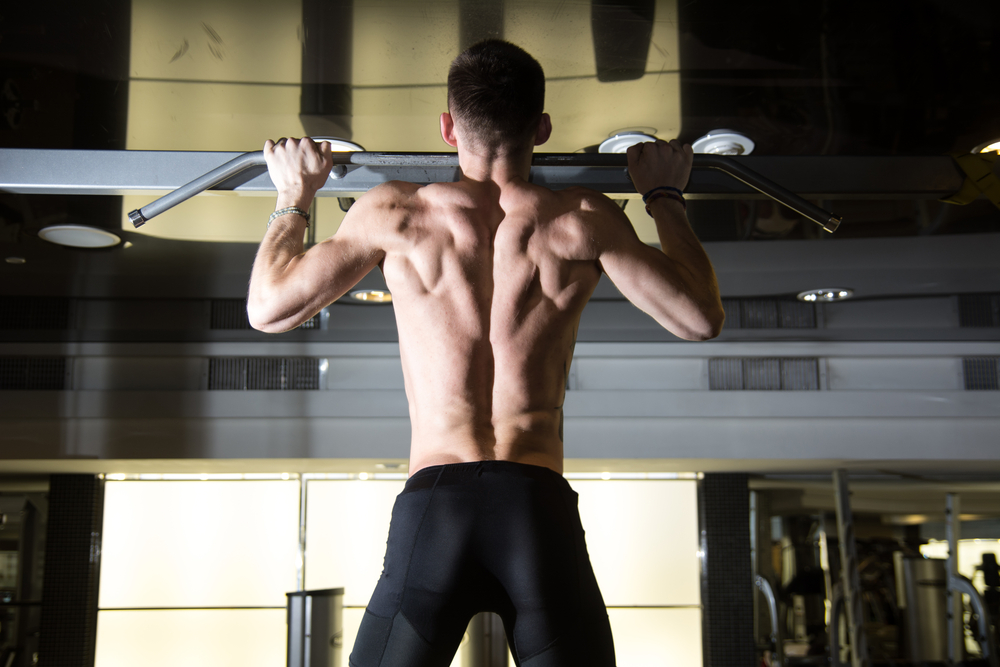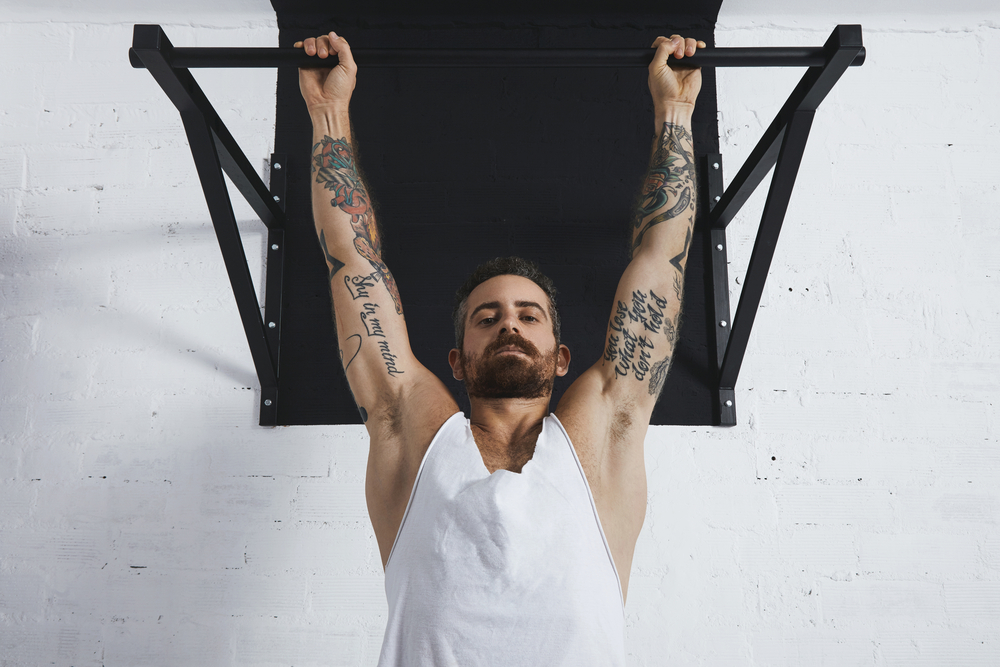
Piri Raider is a man of amazing willpower, hardworking, and very tenacious. Modest physical data and lack of results over a decade of training did not prevent him from becoming a bodybuilder, founder, and editor of the famous Iron Man magazine. The Rader chest pull exercise is his invention.
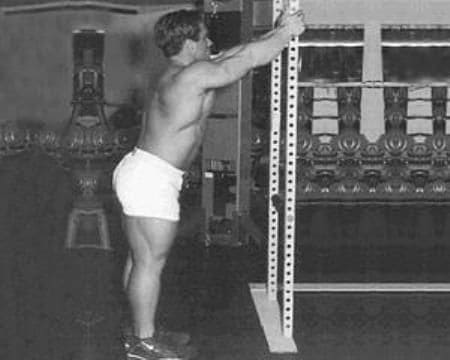
Starting position at the power rack
What is this exercise for?
Actually, Rader performed this exercise as part of the breathing squat program. It’s aimed at expanding the chest and is not strength training. It’s easy to guess that the closest alternative designed to stretch the chest and increase its volume is a breathing pullover.
The effectiveness of these exercises is highly dependent on age. The most impressive results can be achieved at a young age, when our skeleton continues to grow and form. For example, men grow to about 20-27 years old.
“But even at an older age, you can use the Rader chest pull, the situation is far from hopeless. The results will be more modest, but the additional volume, in any case, won’t be superfluous.”
Exercise technique
At first glance, the exercise is simple. But to achieve maximum efficiency, you have to sweat. You need to follow the exercise technique and carefully listen to your own feelings. Clearly record your state.
Rader chest pull is done as follows:
As a rule, there is a feeling of slight discomfort in the chest area. This is normal and indicates that the Rader chest pull is performing correctly.
As I said earlier, the result depends, among other things, on how closely you monitor your feelings. Try to find the most appropriate position that maximizes the sensation of impact on the chest.
“You can put your feet a little closer or a little further from the support or relative to each other, bend your elbows a little. Gradually get to the most comfortable and effective position and remember it.”
Once you learn how to do the exercise correctly, you can make it a little more complicated. While pulling, tense your neck and gently tilt your head back. You’ll feel the chest stretch.
Important points
The Rader chest pull, performed after heavy breathing exercises, will give the maximum effect. As we know, the author of the exercise performed it after breathing squats.
“You can choose the number of reps individually. The exercise does not require a long recovery. Try doing 10-20 reps first.”
The abdominal muscles should be relaxed. If you tighten your abs, The Rader chest pull will be less effective.
Calculate your strength if you have minimal training. Exercising large amounts of breathing can cause dizziness. Act gradually, consistently, and intelligently.



